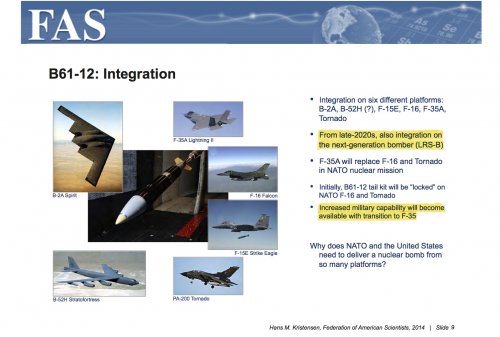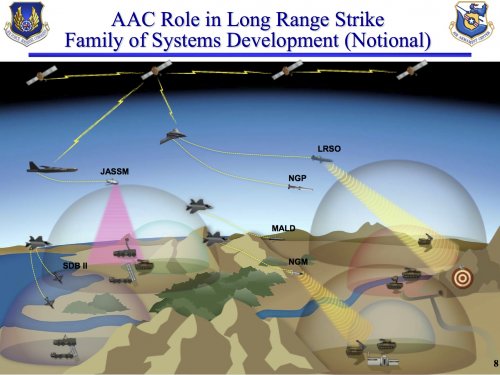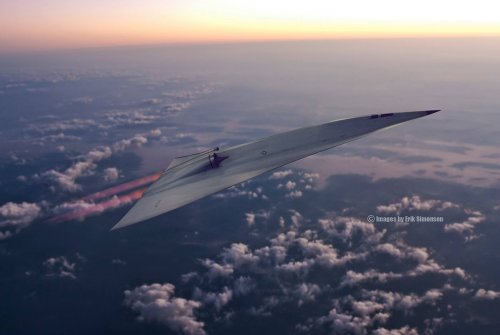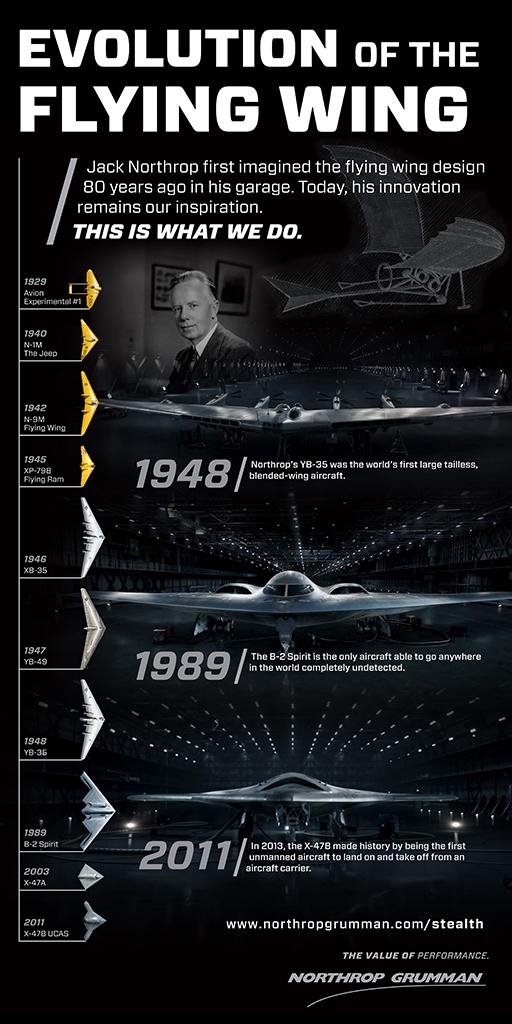- Joined
- 21 April 2009
- Messages
- 13,760
- Reaction score
- 7,700
The Ideal Bomber
—Susan Katz Keating5/14/2015
The ideal Air Force strategic bomber would offer the best capabilities to fill present and future long-range missions, Maj. Gen. Garrett Harencak told Air Force Magazine on Wednesday. A former bomber pilot, Harencak is assistant chief of staff for strategic deterrence and nuclear integration on the Air Staff. The ideal long-range strategic bomber should be able to penetrate anywhere in the world, Harencak said. "We've always had to penetrate, and always will have to penetrate," he said. "The aim is to deny all sanctuaries to the enemy." The bomber also should have very long range without refueling, Harencak said, and should have precision and persistence. It should have a large payload, and maneuverability. Long-range bombers performed superbly in Vietnam and in World War II, Harencak said. The need for such capability has not changed.
—Susan Katz Keating5/14/2015
The ideal Air Force strategic bomber would offer the best capabilities to fill present and future long-range missions, Maj. Gen. Garrett Harencak told Air Force Magazine on Wednesday. A former bomber pilot, Harencak is assistant chief of staff for strategic deterrence and nuclear integration on the Air Staff. The ideal long-range strategic bomber should be able to penetrate anywhere in the world, Harencak said. "We've always had to penetrate, and always will have to penetrate," he said. "The aim is to deny all sanctuaries to the enemy." The bomber also should have very long range without refueling, Harencak said, and should have precision and persistence. It should have a large payload, and maneuverability. Long-range bombers performed superbly in Vietnam and in World War II, Harencak said. The need for such capability has not changed.




